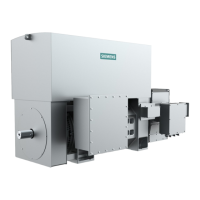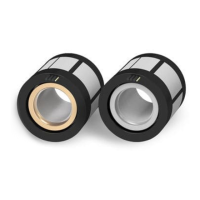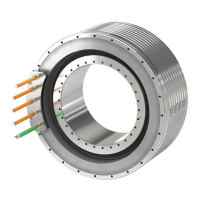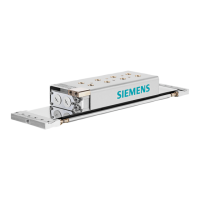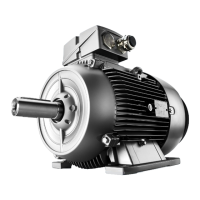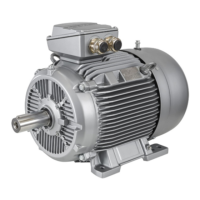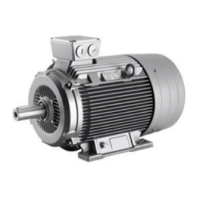• Zone 2 (option M03):
– Marking: II 3G Ex nA IIB T3 Gc -15°C ≤ Ta ≤ +40°C
– Device group II, category 3G, temperature class T3
– EN 60079-15: 2010 type of protection "nA" (no sparking)
– Use in ambient temperatures -15 °C up to +40 °C at installation altitudes up to 1000m
– Motors with forced ventilation comply with the requirements for a low risk class with
reference to shock resistance tests carried out at the fan housing.
– Motors, Category 3G, are intended for use in hazardous Zone 2. In hazardous Zone 2, the
occurrence of an explosive atmosphere is improbable; however, if it does occur in normal
operation, then only very infrequently and only very briey. A potentially explosive
atmosphere can comprise, for example, of air and ammable gases, vapors or mist.
– According to standard EN 60079-14, the ignition temperature of the potentially explosive
gas atmosphere must be higher than 200°C (temperature class T3).
• Zone 22 (option M39):
– Marking: II 3D Ex tc IIIB T160 °C Dc IP55 -15°C ≤ Ta ≤ +40°C
– Device group II, category 3D
– Protection aorded by the enclosure tc, degree of protection IP55
– EN 60079-31: 2014 Protection aorded by the enclosure
– Maximum surface temperature 160°C (according to EN 60079-0: 2012 general
requirements)
– Use in ambient temperatures -15 °C up to +40 °C at installation altitudes up to 1000m
– Motors with forced ventilation comply with the requirements for a low risk class with
reference to shock resistance tests carried out at the fan housing.
– Motors, Category 3D, are intended for use in hazardous Zone 22 (non-conductive dust).
In hazardous Zone 22, the occurrence of an explosive atmosphere is improbable;
however, if it does occur in normal operation, then only very infrequently and only very
briey. The potentially explosive atmosphere comprises a mixture of dust and air.
– According to standard EN 60079-14, the ignition temperature of a dust cloud must be
50 % higher than the maximum surface temperature of the equipment being used. In this
case, the ignition temperature of a dust cloud must be > 240 °C. The ignition temperature
of a layer of dust with a maximum thickness of 5 mm must be 75 Kelvin higher than the
maximum surface temperature of the motor. In this case, the ignition temperature of a
dust cloud must be > 235°C.
• Evaluate the temperature sensor embedded in the motor winding.
• Set the tripping temperature of the sensor to 135°C.
• Safely and reliably shut down explosion protected separately driven fans when an overload
condition occurs. PTC sensors are integrated as standard for overload protection, which must
be evaluated according to EN 60079-14. Alternatively, a suitable motor circuit breaker can be
used for overload protection.
• The explosion-protected, forced ventilated and water-cooled SIMOTICS M-1PH8 motors have
degree of protection IP55.
Motor components and options
5.2Options
1PH8 SIMOTICS M main motors
Conguration Manual, 12/2022, A5E51895839A 175
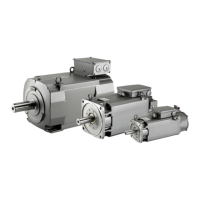
